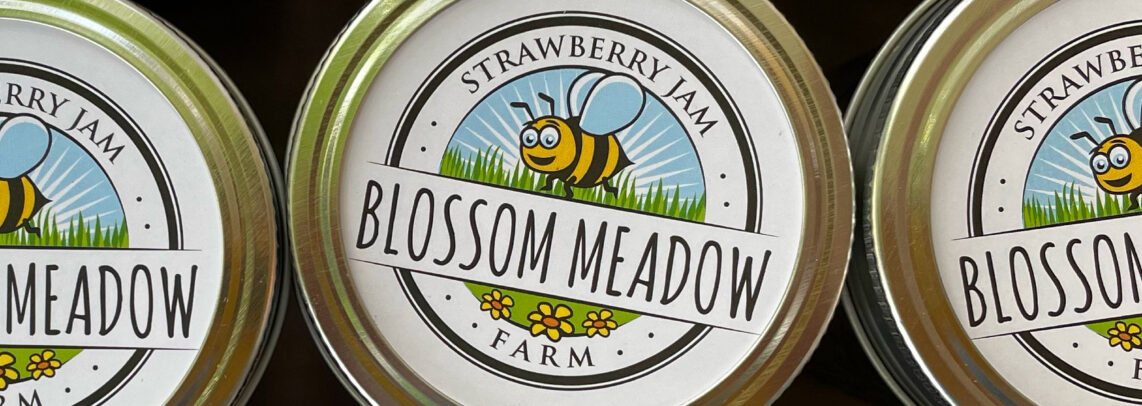The more food (spring flowers) you have available for your mason bees, the more prolific your mason bees will become. Mason bee females typically produce one cell per day (an egg, food provisions, and mud plug), and occasionally two. Under ideal conditions with unlimited food and nesting resources, Torchio (1989) documented 9 cells in 24 hours by one female mason bee! This is an amazingly high number for a species usually requiring 35 pollen collecting trips for a female cell and 31 trips for a male cell (Phillips and Klostermeyer 1978).
Choose early spring flowering plants since mason bee adults are actively foraging in mid-April, May and June in New York. Native flowering species are often better choices as they have coevolved with your native mason bees (and thus are more attractive to the bee). Plant diversity is also important as different plant species provide different nutritional components that are essential for bee health. Diversity in plant species also ensures that there are flowers for your bees to visit during their entire life cycle.
Here’s a list of my favorite flowers for mason bees. Please visit the Lady Bird Johnson Wildflower Center’s interactive plant database for detailed information, or contact Kimberly Simmen of KMS Native Plants to develop and implement a planting plan. Kimberly is a dynamo!
A. Farm Crops
Commercial Tree Fruits (Apple, Apricot, Nectarine, Cherry, Pear, Peach, Plum)
Raspberry
Blueberry
Elderberry
Strawberry
B. Cover crops (Seed in August/September, blooms in Spring) – till up a bit of your lawn and plant a cover crop. Go to the beach with the extra time you save not mowing!
Turnip (Brassica rapa) and Canola (Brassica napus)
C. Shrubs
Beach Plum (Prunus maritima)
Blueberry: Highbush Blueberry (Vaccinium corymbosum)
Lowbush Blueberry (Vaccinium angustifolium)
Chokeberry: Red Chokeberry (Aronia arbutifolia)
Black Chokeberry (Aronia melanocarpa)
Chokecherry (Prunus virginiana)
Elderberry (Sambucus spp.)
Holly: Winterberry (Ilex verticillata)
Inkberry (Ilex glabra)
American Holly (Ilex opaca)
Ninebark (Physocarpus opulifolius)
Pussy Willow (Salix discolor)
Rhododendron (Rhododendron spp.)
Serviceberry: Shadblow Serviceberry (Amelanchier canadensis)
Allegheny serviceberry (Amelanchier laevis)
Spicebush (Lindera benzoin)
Viburnum: Arrowwood viburnum (Viburnum dentatum)
Mapleleaf Viburnum (Viburnum acerifolium)
American Cranberrybush (Viburnum trilobum)
D. Trees
Fruit Trees (Apple, Apricot, Nectarine, Cherry, Pear, Peach, Plum)
Black Cherry (Prunus serotina)
Crab Apple (Malus coronaria) – avoid sterile varieties
Dogwood (Cornus spp.)
Eastern Redbud (Cercis canadensis)
Maple (Acer spp.)
Oak (Quercus spp.)
Sassafras (Sassafras albdium)
E. Plants
Beardtongue: Foxglove Beardtongue (Penstemon digitalis)
Hairy Beardtongue (Penstemon hirsutus)
Brown-eyed Susan (Rudbeckia triloba)
Butterfly Milkweed (Asclepias tuberosa)
Daisy Fleabane (Erigeron strigosus)
Indian Hemp (Apocynum cannabinum)
Maryland Hawkweed (Hieracium marianum)
Poppy Mallow (Callirhoe involucrata)
Wild Geranium (Geranium maculatum)
Woodland Sunflower (Helianthus divaricatus)
F. Groundcovers
Bearberry (Arctostaphylos uva-ursi)
Dandelions
Wild Strawberry (Fragaria virginiana)
Violet: Common Violet (Viola sororia)
Labrador Violet (Viola labradorica)
Homeowners should note that many of the common bedding plants and bushes available at big box stores are not preferred or not used at all by bees. Some of these widespread ‘non-bee plants’ are pansy (Viola x wittrockiana), daylily (Hemerocallis spp.), hybrid tea rose, double marigold (Tagetes spp.), petunia, New Guinea impatiens (Impatiens hawkeri), begonia (Bogonia obliqua), peony (Paeonia lactiflora), forsythia (Forsythia suspensa), and lilac (Syringa vulgaris).¹

